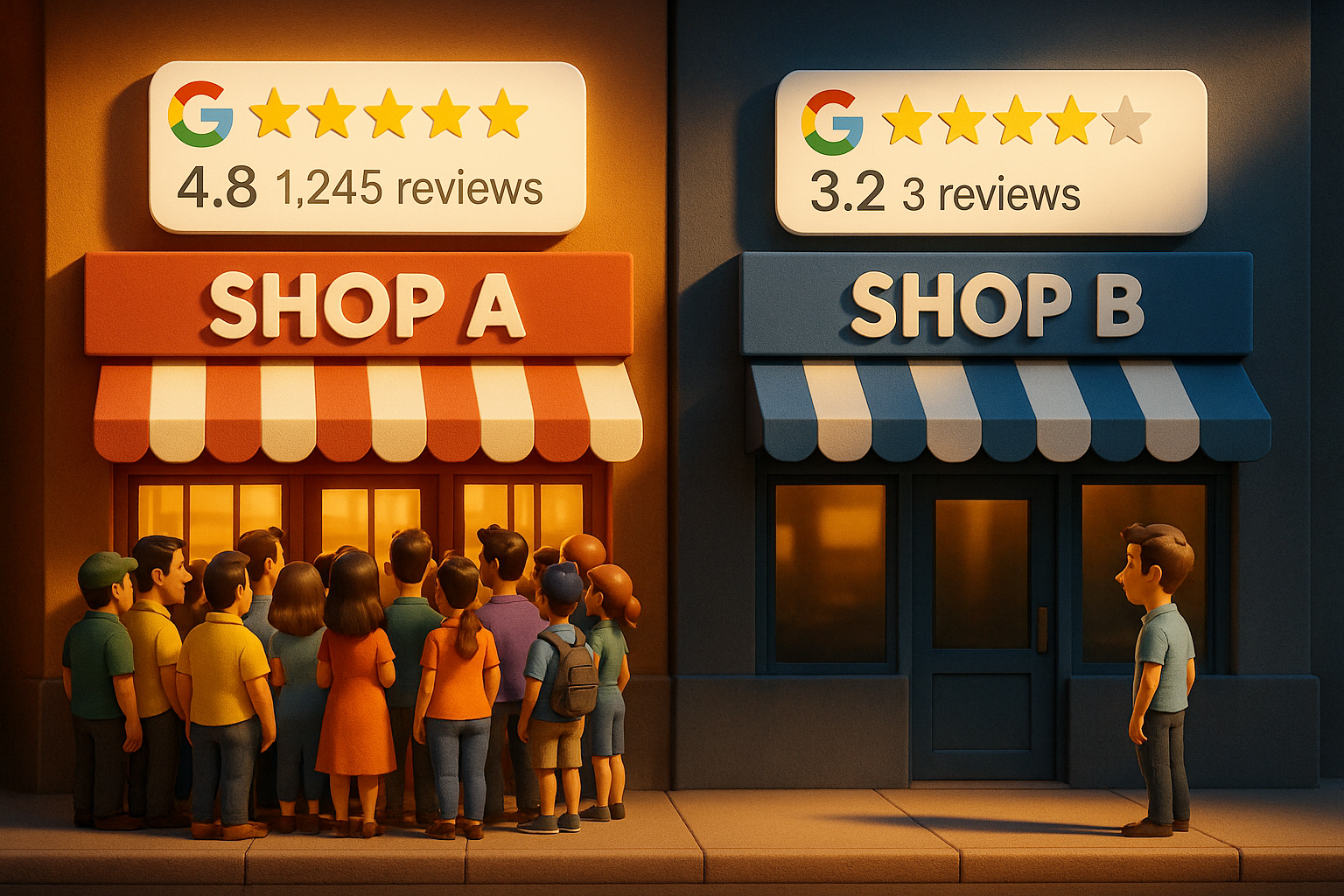How to Rank on Google’s AI Overview: The Real Strategy That Works Now
Google’s AI Overview is the new front page of the internet. Learn the real strategy to rank.
There was a time when ranking #1 on Google was the holy grail.
Then came featured snippets.
And now, there’s a new king on the block:
Google’s AI Overview.
It doesn’t just sit on top of the search results. It is the search result.
If your brand isn’t showing up inside that box… you’re not invisible. You’re irrelevant.
Why AI Overview Matters More Than Page 1
AI Overview is where Google’s AI steps in and says,
“Relax. I’ll answer this for you.”
And when it does, it doesn’t list 10 blue links. It summarises. It gives users one clean, trusted response and cites only a select few sources.
That’s the new prime real estate.
Get cited there, and you leapfrog everyone else. Miss it, and watch your organic clicks melt away.
How Google Chooses Who Gets In (and Who Doesn’t)
Google isn’t picking at random. It’s choosing:
- Pages that answer with precision.
- Content written in a way AI can parse easily.
- Brands with authority signals Google can trust.
- Pages with clean structure, schema, and strong alignment to search intent.
In short: If your content makes Google’s job easier, Google makes your life better.
1. Target Questions — Not Just Keywords
Ranking in AI Overview isn’t about keyword stuffing anymore.
Google’s AI looks for
answers, not vanity phrases.
- Instead of “solar battery” → “How much does a solar battery save per year in NSW?”
- Instead of “IB Diploma” → “Is the IB Diploma better than HSC?”
AI Overview is triggered by question-based, intent-rich queries.
When your content mirrors the
exact way users ask questions, you become a contender.
2. Answer First. Then Explain.
Good copy doesn't make the reader work. It delivers the answer upfront, clean and fast.
Google’s AI behaves the same way. It loves:
- Clear, structured language
- Tight answers
- No fluff, no preamble, no ego
Bad: “We believe solar batteries are a fantastic energy solution for modern homes…”
Good: “A 10 kWh solar battery in NSW saves households $800–$1,200 per year on average.”
The AI takes the first few lines of your content and decides:
“Can I summarise this?”
If the answer is yes, you’re in the game.
3. Structure Like a Machine. Write Like a Human.
You can’t rank if the AI can’t read you.
- Add structured schema like FAQ, HowTo, Product, or LocalBusiness.
- Keep your HTML clean with proper heading hierarchy.
- Use lists, short paragraphs, and clear sections.
Google’s AI isn’t “smart”. It’s structured.
If you hand it a clean blueprint, it rewards you.
4. Stack Authority — AI Rewards Trust
Google doesn’t just look at one page.
It looks at your entire footprint.
- Have you published consistently on the topic?
- Are other sites linking to you?
- Do your internal links create topical clusters?
- Does your content show expertise and trustworthiness?
This is how you build topical authority.
One random blog won’t get cited. A content ecosystem will.
5. Optimise, Monitor, Adapt
This isn’t a one-shot game.
- Check Search Console for impression spikes.
- Watch for question-based queries where your pages start appearing.
- Tighten your answers. Refresh regularly.
- Keep your facts current. AI Overview loves fresh data.
The brands who adapt fastest will dominate the new SERP.
The Real Play: SEO Meets AI
- Old SEO: Rank for keywords.
- New SEO: Rank for answers.
If you want to show up in Google’s AI Overview:
- Speak the language of questions.
- Write like a human.
- Structure like a machine.
- Build authority over time.
- Refresh like a strategist.
The AI Overview isn’t your enemy. It’s the new shortcut to the top.
Book A Session With A Sydney-Based Digital Growth Expert.
I work with a limited number of clients to keep quality high and focus sharp. If you’re ready to grow and want to see if we’re the right fit, fill out the form and let’s start the conversation.



